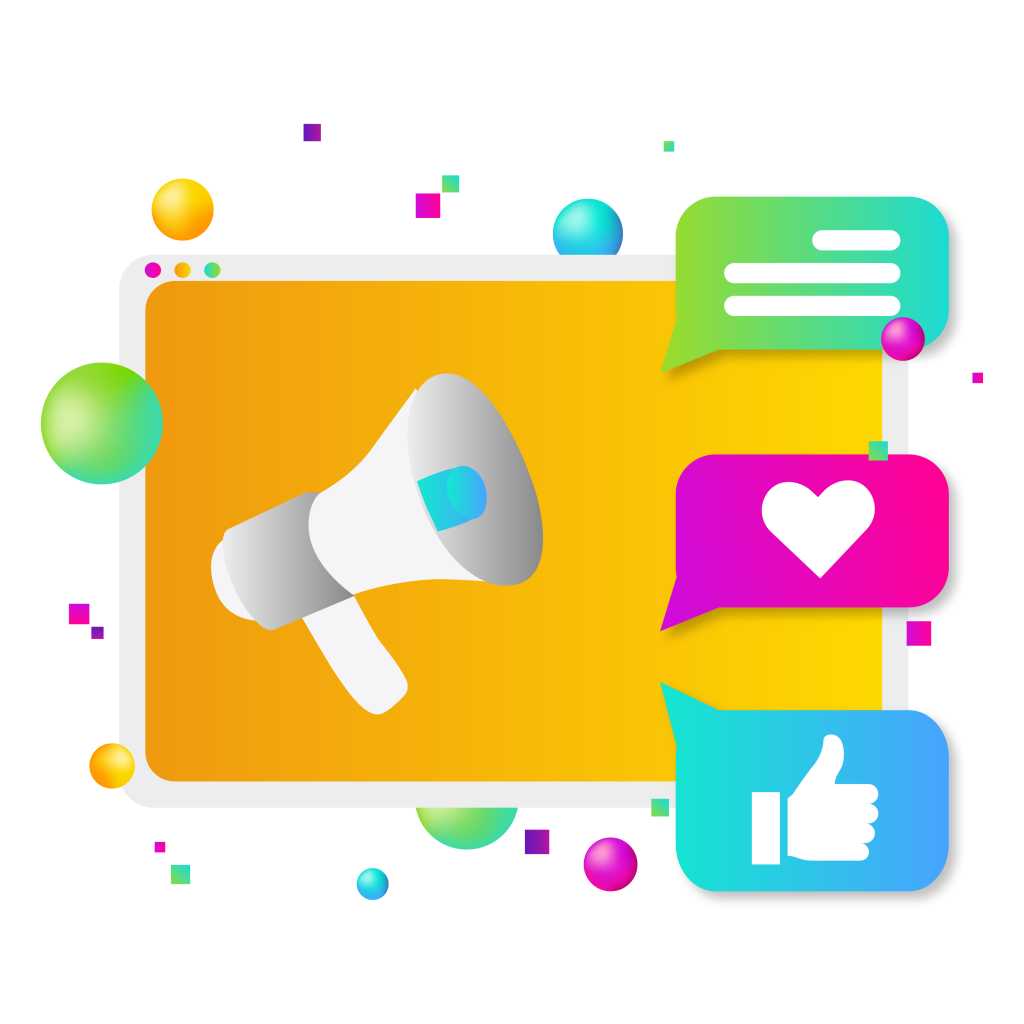
What Is Social Listening?
Social listening is the process of monitoring social media channels for mentions of your brand, competitors, products, and any other ideas or themes that are relevant to your business. Here’s what it typically involves:
Tracking Conversations and Mentions: This involves monitoring social media platforms for mentions of your brand, competitors, and products. It’s not just about tracking direct mentions (like tags or hashtags) but also indirect ones where your brand or relevant topics are discussed.
Analyzing the Data: After collecting the data, the next step is to analyze it to understand the sentiments, trends, and common themes in these conversations. This can involve sentiment analysis to determine whether mentions are positive, negative, or neutral.
Understanding the Audience: Social listening allows you to gain insights into what your audience is interested in and how they feel about certain topics. This can help in understanding customer preferences, concerns, and expectations.
Competitor Analysis: By monitoring mentions of competitors, you can gain insights into their performance, customer complaints or praises, and how your brand can differentiate itself.
Responding and Engaging: Based on the insights gained, businesses can engage with their audience in a more informed way. This can include addressing customer complaints, joining relevant conversations, and creating content that resonates with the audience.
Strategy Development: Insights from social listening can inform marketing strategies, product development, and customer service approaches.
Social listening is a key component of modern digital marketing and customer relations strategies, allowing businesses to stay connected with their audience and market needs in real-time.
What Are the Best Social Listening Tools?
Several social listening tools are popular and highly effective, each offering unique features and strengths. Here are some of the most widely used ones:
- Hootsuite: Known for its comprehensive social media management capabilities, Hootsuite also offers robust social listening features. It allows you to track mentions, keywords, and trends across various social media platforms, and you can also use it to schedule posts and analyze social media traffic.
- Brandwatch: This is a very powerful social listening tool that provides deep analytics and insights. It offers features like image recognition, trend tracking, and sentiment analysis, making it ideal for large businesses and enterprises that need detailed data analysis.
- Sprout Social: This tool is known for its user-friendly interface and comprehensive feature set that includes social listening, publishing, engagement, and analytics. It’s particularly strong in data visualization and reporting.
- BuzzSumo: BuzzSumo is great for content research and monitoring. It allows you to track mentions, analyze content performance, and identify key influencers in specific topics or industries.
- Mention: As the name suggests, Mention is focused on monitoring mentions of your brand across the web. It’s particularly strong in real-time monitoring and can track sources like blogs, forums, and social media platforms.
- Talkwalker: This tool uses AI-powered analysis to provide insights from social conversations. It offers features like image and video recognition, sentiment analysis, and influencer tracking.
- Agorapulse: Agorapulse is a user-friendly social media management and listening tool. It offers a range of features including, competitor analysis and the ability to track mentions, hashtags, and keywords.
- Socialbakers: This tool uses AI to help understand audience behavior and preferences. It’s strong in audience analysis and content performance tracking.
Each of these tools has its strengths and suits different types and sizes of businesses. The best choice depends on your specific needs, such as the size of your business, the platforms you want to monitor, the depth of analysis you need, and your budget.
Real World Examples of Effective Social Listening
Social listening has been effectively used by various businesses across different industries. Here are some examples that showcase the power of social listening:
Starbucks used social listening to create its “My Starbucks Idea” campaign. Through this platform, customers could suggest and vote on ideas for new products, improvements, or initiatives. Many of the suggestions were implemented, demonstrating the company’s commitment to customer input.
Netflix uses social listening to understand viewer preferences and discussions around their shows and movies. This information helps Netflix in making decisions about content development, marketing strategies, and even in deciding which shows to renew.
Spotify has used social listening to track how their users discuss music and playlists on social media. This has informed their playlist creation and music recommendation algorithms, making their user experience more personalized and engaging.
LEGO uses social listening to gather feedback on its products and to understand what fans would like to see in future sets. This input has directly influenced the development of new LEGO sets.
Domino Pizza turned around its business by listening to customer feedback on social media. This led to the “Pizza Turnaround” campaign, where they openly addressed criticisms about their pizza and made significant improvements to their product.
Coca-Cola’s “Share a Coke” campaign, which personalized bottles with names, was partly inspired by social listening. They tapped into the desire for personalized experiences, making the campaign a huge success.
These examples show how businesses can use social listening not just for monitoring their brand reputation, but also for engaging with customers, improving products and services, and driving innovative marketing campaigns.
New Target has the experience you need to help you understand the benefits of social listening as just a part of how you’ll need to prepare your social media marketing strategies for 2024 and beyond.



